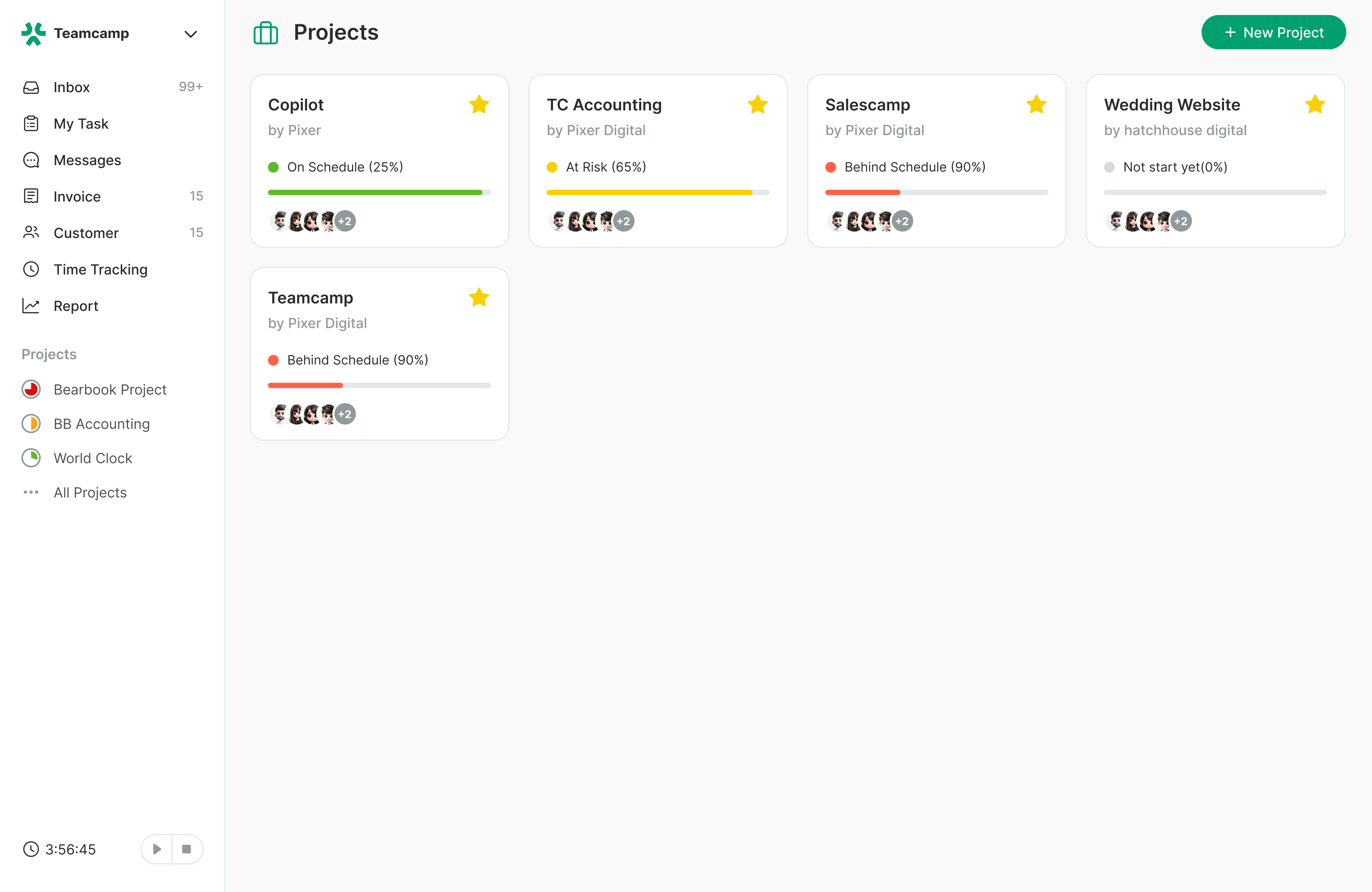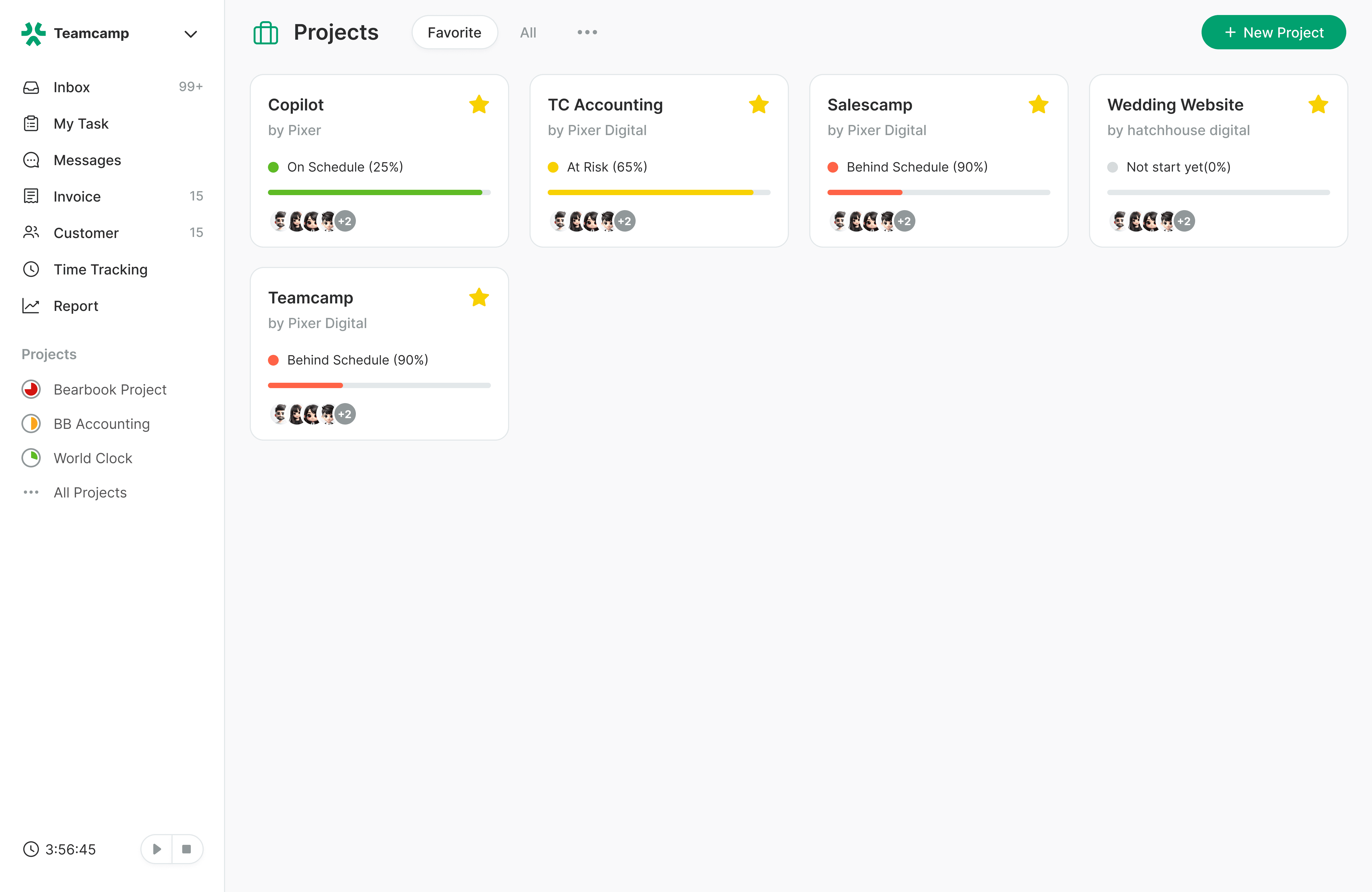From Guesswork to Precision: Exploring Estimation Methods in Project Management
Introduction
Project management is a delicate balancing act where success hinges on a multitude of factors, and one of the most critical elements in this high-stakes endeavor is estimation. Accurate project estimation serves as the compass guiding project managers through the turbulent seas of planning and execution. It bridges aspiration and reality, transforming nebulous project ideas into concrete plans. In this comprehensive guide, we will embark on a journey to explore the world of estimation methods in project management, unraveling their significance, understanding their principles, and discovering their transformative power.
The Significance of Estimation in Project Management
Why Estimation Matters
At the core of every successful project lies accurate estimation. Let’s dive into my understanding of why estimation is not just a box to tick but a fundamental aspect of project management:
Foundation of Planning: Think of estimation as the project’s blueprint. Just like you need a solid plan to build a house, you need accurate estimates to create a project. Without it, you’re just guessing, and that’s not a great way to start a big project.
Resource Allocation: Imagine you’re organizing a picnic. You need to know how many sandwiches, drinks, and chairs to bring. Estimation helps project managers determine how many people (resources) are needed for the project and how much money (budget) it will cost. It’s like making a shopping list so you have everything you need.
Client Expectations: Consider this as promising your friend a great birthday party. You want to ensure you can deliver what you’ve promised, so tell your friend exactly what to expect. Estimation does the same for clients. It helps set realistic expectations so everyone knows what’s coming.
In a nutshell, estimation is like the foundation of a building, a shopping list, and a promise all rolled into one. It’s the starting point that keeps the project on track and everyone on the same page.
The Consequences of Poor Estimation
Now that we appreciate the significance let’s dive into the abyss of poor estimation and its repercussions:
Missed Deadlines: Poor estimation can lead to projects not finishing on time.
Budget Overruns: It can result in projects costing more than initially planned.
Client Dissatisfaction: Incorrect estimates may cause clients to be unhappy with the project outcomes.
Introduction to Estimation Methods in Project Management
What Are Estimation Methods?
Let’s set the stage by defining the concept of estimation methods in the context of project management:
Systematic Approaches: Estimation methods are like well-organized tools. They help project managers predict how long a project will take, how much it will cost, and what resources are needed. It’s like having a set of guidelines that ensure you don’t make wild guesses but follow a structured path to estimate these important project details.
Why Different Methods Exist
Let’s explore the diverse nature of projects and industries, shedding light on why different estimation methods exist:
Tailored to Projects: Just like different outfits are tailored to fit different people, estimation methods are tailored to different projects. Projects come in all shapes and sizes; some are big, some small, some complex, and others straightforward. So, we use different estimation methods to match the unique characteristics of each project.
Project-Specific Needs: Consider it like a chef adjusting a recipe based on available ingredients. Similarly, estimation methods can be adjusted based on the specific needs of a project. Some projects need much detail, while others can work with more straightforward estimates. So, the choice of estimation method depends on what the project requires to be successful.
Common Estimation Methods in Project Management
Expert Judgment
Our journey through estimation methods begins with expert judgment. This method relies on the insights of experienced professionals:
Wisdom of Experts: Expert judgment is like seeking advice from wise elders. It’s valuable to ask experienced professionals for their opinions in complex or unique project situations. They can provide insights and guidance based on their years of knowledge.
Real-World Experience: Think of it as asking someone who’s been there and done that. Experienced individuals offer valuable insights because they’ve faced similar challenges before. Their real-world experience can help in making better estimates.
Analogous Estimation
Next on the horizon is an analogous estimation, a method that draws on historical project data:
Historical Reference: Analogous estimation is like using history as a guide. It relies on looking at past projects similar to the current one. You can estimate how the current project might go by checking how those past projects went.
Selective Comparisons: Think of it as comparing apples to apples. When using analogous estimation, selecting past projects as close as possible to the current one is important. This way, the comparison is more accurate, like comparing things that are indeed similar.
Parametric Estimation
The voyage continues as we navigate through parametric estimation, where mathematical models take the helm:
Mathematical Models: Parametric estimation is like using math as a guide. It involves using mathematical models to make predictions about the project. These models consider various factors and calculations to estimate the project’s progress.
Abundance of Data: Think of it as having many puzzle pieces. This method works well when plenty of historical data is available, and the project details can be measured and counted. The more puzzle pieces you have, the more precise the picture becomes. Similarly, with abundant data, parametric estimation can be very accurate.
Three-Point Estimation (PERT)
Our course takes us to the shores of three-point estimation, a method that considers multiple scenarios:
Optimistic, Pessimistic, and Likely Scenarios: Think of it as considering different weather forecasts. With a three-point estimation, you look at the best-case (optimistic), worst-case (pessimistic), and most likely scenarios. It’s like checking sunny, rainy, and partly cloudy forecasts. Then, you calculate an average to get a more accurate prediction.
Mitigating Uncertainty: Imagine you’re packing for a trip and unsure if it will be hot or cold. So, you fill in both possibilities. PERT works similarly. It helps account for uncertainty by considering various scenarios and preparing for them. This way, you’re ready for whatever comes your way in the project.
Bottom-Up Estimation
Finally, we anchor in the realm of bottom-up estimation, where projects are deconstructed:
Granular Analysis: Bottom-up estimation is like breaking a big task into smaller pieces. It involves estimating individual components or tasks within a project. Think of it as zooming in on each piece to determine how long it will take or how much it will cost. Then, all these individual estimates are added to find the total project estimate.
Precision and Accuracy: It’s like being detail-oriented. Because you’re estimating each small part, bottom-up estimation can be super accurate. It’s as if you’re measuring things with a fine ruler instead of a big one, which leads to a more precise project estimate.
Selecting the Right Estimation Method
Factors Influencing Method Selection
Navigating through estimation methods requires knowing which one to choose. Explore the factors that influence method selection:
Project Complexity: Think of it as choosing the right tool for the job. You might need a more detailed estimation method if the project is complex. It’s like using a sophisticated tool when you have a challenging task.
Available Data: This is like cooking with the ingredients you have. The choice of estimation method depends on the data you have. You can use more advanced methods if you have lots of historical records and information. But you’ll have to use simpler techniques if you’re short on data.
Time Constraints: Think of it as needing a quick solution. Sometimes, you’re in a rush to finish the project. In such cases, you might need a faster estimation method that gives you a good enough estimate.
Resource Availability: This is like having the right people for the job. If you have experts available, you can use methods that rely on their knowledge. But if you don’t have experts, you’ll need to choose plans that don’t rely on their input.
Hybrid Approaches
Sometimes, the project manager’s compass points toward a hybrid approach. Let’s see how hybrid estimation approaches can provide the best of both worlds:
Combining Methods: Think of it as using different tools in your toolkit. Hybrid approaches are like combining the best features of multiple estimation methods. It’s as if you’re using a ruler and a measuring tape to get a more accurate measurement. By doing this, you can improve the accuracy of your project estimate.
Flexibility: It’s like having options when you’re planning a trip. Hybrid approaches offer flexibility, allowing you to adapt to the specific needs of your project. It’s like being prepared for different weather conditions during your journey so you can adjust your plans as needed.
Benefits of Accurate Estimation in Project Management
Risk Mitigation
Let’s explore how accurate estimation serves as a lifebuoy in the unpredictable waters of project management:
Identifying and Mitigating Risks: Think of it as preparing for a journey. Accurate estimation helps project managers identify potential problems before they become significant issues. It’s like checking the weather forecast before your trip to avoid unexpected storms.
Avoiding Delays and Failures: It’s like having a backup plan. Accurate estimation is like having a plan B. It helps you manage risks so your project doesn’t get delayed or fail.
Resource Allocation
Resource allocation is a crucial aspect of project success. Navigate through how precise estimation leads to optimal resource allocation:
Efficient Manpower Allocation: Imagine you’re organizing a sports team. Accurate estimates ensure that you put the right players in the right positions. This way, you maximize your team’s skills and abilities.
Budget Management: Think of it as budgeting for a road trip. Accurate resource allocation is like planning your budget for a trip. You ensure you have enough money for gas, food, and lodging. This way, you don’t run out of funds along the way.
Client Satisfaction
In the realm of project management, client satisfaction is a treasure. We’ll set sail toward how accurate estimation contributes to client contentment:
Meeting Expectations: It’s like ordering food at a restaurant. Accurate estimation is like getting the dish you ordered. When the project’s timeline and budget match what was promised, it meets or even exceeds the client’s expectations, just like enjoying the meal you ordered at the restaurant.
Building Positive Relationships: Think of it as making a new friend. When clients are happy with your work, it creates a positive relationship. It’s like making a new friend who might want to do more projects with you.
Stakeholder Communication
Stakeholder communication is the wind in project management’s sails. Let’s see how precise estimation plays a pivotal role:
Transparent Communication: It’s like being honest with your team. Accurate estimation is about openly sharing project information. When you’re transparent and provide reliable estimates, it’s like telling your team everything they need to know. This helps build trust and clear communication.
Alignment and Informed Decision-Making: Think of it as everyone being on the same page. Accurate estimates keep all project stakeholders, like team members and clients, informed and aligned. It’s like making sure everyone has the same map for the journey. When everyone understands the project’s estimates, it helps everyone make informed decisions together.
Challenges and Pitfalls in Estimation
Over-Optimism
As we navigate the seas of project estimation, we’ll encounter the common pitfall of over-optimism:
Optimism Bias: Think of it as underestimating how long a journey will take. Over-optimism is like thinking you can reach your destination much faster than you actually can. It can lead to minimizing the complexity or risks of the project.
Counteracting Bias: It’s like using a more reliable map. To counteract over-optimism, you need strategies to ensure your estimates are realistic. It’s like using a trusted map for your journey.
Scope Creep
The waters can get treacherous with scope creep, a formidable adversary in project estimation:
Uncontrolled Scope Expansion: Imagine building a sandcastle, and it keeps getting bigger without a plan. Scope creep is like that uncontrolled expansion. It involves adding new things to the project without proper management.
Mitigating the Challenge: It’s like keeping your sandcastle’s design in check. Effective change management helps control scope creep. It’s like ensuring you have a plan for your sandcastle so it doesn’t get too big.
Inadequate Data
In the estimation world, data scarcity can be a daunting challenge. Let’s navigate through the issue of inadequate or unreliable historical data:
Data Collection and Benchmarking: Think of it like missing puzzle pieces. Insufficient or inconsistent historical data is like missing parts when completing a puzzle. It makes estimation challenging because you don’t have all the information you need.
Strategies to Address Inadequate Data: It’s like finding alternative puzzle pieces. To address this challenge, you can use strategies like collecting relevant data from other sources or benchmarking against industry standards. It’s like finding substitute puzzle pieces to finish your puzzle, even if a few are missing.
Conclusion
As we conclude our voyage through the world of estimation methods in project management, let’s take stock of our discoveries:
Accurate estimation is the cornerstone of successful project management, guiding project managers through the labyrinth of planning and execution.
Estimation methods are not one-size-fits-all; they are diverse, adaptable tools tailored to the unique needs of projects and industries.
Expert judgment, analogous estimation, parametric estimation, three-point estimation, and bottom-up estimation are some instruments in the estimation toolkit.
Choosing the right estimation method depends on project complexity, data availability, time constraints, and resource availability.
Hybrid estimation approaches can provide flexibility and precision by combining multiple methods.
Accurate estimation offers many benefits, from risk mitigation and resource optimization to client satisfaction and transparent stakeholder communication.
Challenges and pitfalls, such as over-optimism, scope creep, and inadequate data, can be navigated with awareness and strategic planning.
As project managers, we must transform guesswork into precision to navigate the turbulent waters of uncertainty with the compass of accurate estimation. By understanding the significance of estimation, exploring diverse estimation methods, and being aware of the challenges, we can confidently embark on projects, knowing that we are equipped to steer them toward success. Estimation is not just a skill; it’s a compass, a lighthouse, and a lifeline, guiding us from uncertainty to the shores of project triumph. May your future projects be driven by precision, and may your estimations stand as beacons of success in the ever-evolving landscape of project management.
Share :


